How to Become a Pilot in Indian Navy?
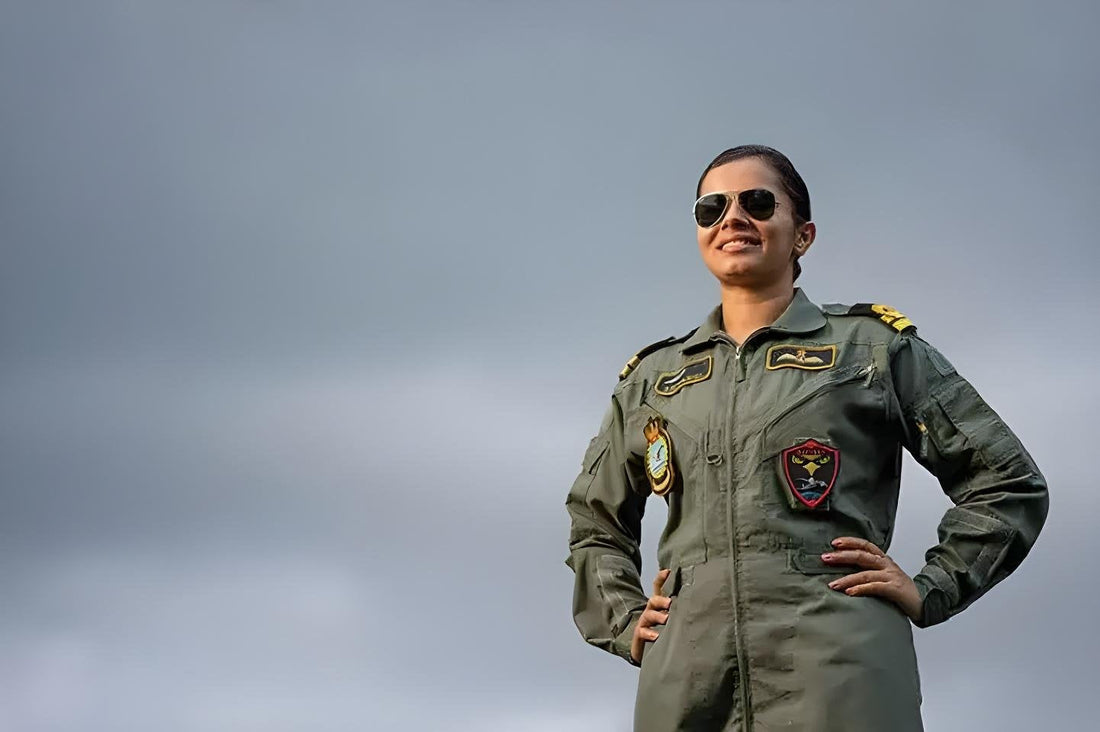
To pursue a career as a pilot in the Indian Navy is to embark on an exhilarating journey filled with rigorous training, disciplined preparation, and immense responsibility. Esteemed as one of the most respected professions within the armed forces, becoming a naval aviator not only requires technical proficiency but also mental resilience, leadership skills, and an unwavering commitment to service.
This comprehensive guide will navigate aspiring candidates through the multifaceted process of becoming a pilot in the Indian Navy, including educational requirements, entry paths, selection processes, training, and the future of naval aviation in India.
SSB Interview Books Power Pack: 4 Must Read Books for Defence Aspirants
Rs. 1,760.00
Sale price
Rs. 1,399.00
Let's Crack SSB Interview Book [Paperback]
Rs. 390.00
Sale price
Rs. 360.00
Breaking The Code of SSB Psychological Tests Book - SSB Interview (TAT/WAT/SRT/SD)
Rs. 390.00
Sale price
Rs. 360.00
OIR Test & PPDT Book - SSB Interview Screening Test - Stage 1 Testing
Rs. 490.00
Sale price
Rs. 375.00
Introduction
The role of a pilot in the Indian Navy is not merely about flying airplanes; it embodies a commitment to national security, teamwork, and leadership. The Indian Navy has consistently prioritized the need for skilled aviators to effectively conduct maritime operations, reconnaissance, and combat support. The Indian Navy's evaluation process is stringent and thorough, ensuring that only the most capable individuals are chosen to command these advanced flying machines.
As India continues to enhance its naval capabilities, the demand for proficient pilots will only grow, making it an excellent time to consider a career in this field. The path may seem daunting, but the rewards—both personal and professional—are profound, offering a fulfilling career that stands at the forefront of national defence.
Also Read: How To Become A Lieutenant In The Indian Army?
Historical Context
Naval aviation has been a cornerstone of maritime warfare since its inception in the early 20th century. Originally starting as a fledgling component of the Indian Navy, the aviation sector has evolved significantly, especially since the acquisition of advanced aircraft over the years. From the first Dakota operational in the 1950s to modern fighter jets and maritime patrol aircraft, India's commitment to enhancing its aerial capabilities has grown in alignment with global maritime trends.
Educational Requirements
Becoming a pilot in the Indian Navy begins with fulfilling specific educational and physical prerequisites:
-
Bachelor’s Degree Requirements:
- Engineering, Physics, or Mathematics: The ideal candidate typically possesses a bachelor's degree in engineering, physics, or mathematics to facilitate the understanding of complex aviation technology.
- 10+2 Eligibility: Candidates who have completed their 10+2 education with a robust focus on science subjects can also be eligible via specific entry routes.
-
Entry Paths:
- National Defence Academy (NDA): Students aged 16.5 to 19 years can take the NDA exam after their 10+2 education. This three-year program ultimately prepares them for military service.
- Combined Defence Services (CDS) Exam: For graduates aged 19 to 24 years, the CDS exam provides an opportunity to join the Indian Naval Academy (INA).
- Indian Naval Academy (INA): Graduates can apply directly to the INA for naval officer training.
- Indian Navy Entrance Test (INET): An essential part of the selection, candidates must pass a computer-based test assessing four key areas.
- Short Service Commission (SSC): This route is targeted at technical graduates (e.g., B.Tech) and is indicative of the Navy's need for skilled personnel to operate increasingly sophisticated technology.
Physical and Medical Requirements
Pilots in the Indian Navy must meet stringent physical and medical standards, which include:
-
Age Requirements:
- NDA candidates must be between 16.5 and 19 years, while other entries range from 19 to 24 years.
-
Height and Weight Standards:
- Height must typically be between 5'2" and 6'4", with weights ranging from 106 to 198 lbs, ensuring suitability for the physical demands of flying.
- Medical Fitness: Candidates must pass rigorous medical examinations to confirm their fitness for the strenuous nature of aviation roles.
Selection Process
The selection process for becoming a pilot in the Indian Navy is comprehensive and multifaceted, comprising several stages:
-
Services Selection Board (SSB) Interview:
- Psychological Tests: Candidates undergo a series of psychological evaluations to assess their aptitude for service.
- Group Discussions: These are conducted to gauge leadership and teamwork capabilities.
- Personal Interviews: One-on-one interviews to evaluate communication skills and overall suitability.
- Medical Examinations: A thorough medical checkup to confirm physical health and fitness standards.
Indian Military Academy IMA Coffee Mug
Rs. 699.00
Sale price
Rs. 499.00
NDA Service Before Self Coffee Mug
Rs. 699.00
Sale price
Rs. 499.00
Officers Training Academy OTA Chennai Coffee Mug
Rs. 699.00
Sale price
Rs. 499.00
Indian Naval Academy INA Ezhimala Coffee Mug
Rs. 699.00
Sale price
Rs. 499.00
Training
After successfully clearing the selection process, candidates embark on a demanding training journey:
-
Basic Training:
- New recruits undergo foundational training at institutions such as the Indian Naval Academy or the NDA, focusing on military disciplines, physical training, and theoretical knowledge.
-
Flight Training:
- This crucial stage includes specialized flight training at designated air stations, incorporating both theoretical aspects and real-life flying experiences. Trainees learn various flight maneuvers, emergency protocols, and aircraft maintenance.
-
Duration of Training:
- The complete training duration, from joining the academy to becoming a qualified pilot, typically spans 3 to 4 years. The duration may vary depending on individual progress and the type of aircraft trained on.
Skills and Competencies
To excel as a pilot in the Indian Navy, candidates must develop a diverse set of skills and competencies:
-
Technical Skills:
- Proficiency in aviation concepts and aerodynamics is crucial. This encompasses knowledge of aircraft systems and operational procedures.
-
Soft Skills:
- Candidates need strong problem-solving abilities, quick decision-making skills, and effective communication. The ability to function well within a team is fundamental.
-
Physical Fitness and Mental Resilience:
- Maintaining peak physical condition and demonstrating mental toughness is essential for handling demanding missions and operational pressures.
Career and Salary
Upon commissioning as a pilot in the Indian Navy, one embarks on a multi-faceted career laden with responsibilities and rewards.
-
Roles and Responsibilities:
- Navy pilots operate diverse military aircraft, executing critical missions that include reconnaissance, surveillance, search and rescue, and supporting naval operations. Responsibilities extend to pre-flight planning and thorough inspections of aircraft to ensure readiness.
-
Salary and Benefits:
- Newly commissioned officers can expect to earn between ₹70,000 to ₹1,00,000 per month, supplemented by various allowances. As they gain experience, senior pilots can earn between ₹1,50,000 to ₹2,00,000 or more, inclusive of additional benefits.
9 Para SF Special Forces Wall Flag
Rs. 999.00
Sale price
Rs. 699.00
OTA Chennai Wall Flag
Rs. 999.00
Sale price
Rs. 699.00
National Security Guard NSG Wall Flag
Rs. 999.00
Sale price
Rs. 699.00
Indian Military Academy IMA Wall Flag
Rs. 999.00
Sale price
Rs. 699.00
Service Commitment
One key aspect of a naval career is the service commitment associated with it. After completing their training, pilots generally commit to a minimum of 10 years of service with the Indian Navy, a requirement that underscores the importance of retaining skilled personnel.
Challenges and Solutions
The path to becoming a pilot in the Indian Navy is undoubtedly demanding and may present various challenges, such as:
- Intense Competition: With numerous candidates vying for limited positions, standing out in exams and interviews is essential. Practice tests and mock interviews, such as those provided by SSBCrack, can be highly beneficial.
- Physical and Mental Demand: The high-pressure nature of flying and the rigorous training can take a toll. Continuous physical training and mental health resources can offer necessary support systems.
Future Trends and Predictions
With technological advancements and the strategic evolution of naval operations, the future for pilots in the Indian Navy is bright. As maritime dynamics shift and military engagements evolve, a new generation of technologically savvy pilots is expected to navigate state-of-the-art aircraft.
Innovations such as drone operations, automation in cockpits, and enhanced situational awareness systems will increasingly define the role of naval pilots. Preparation for these advancements through targeted training and education will be crucial for aspiring aviators.
SSB Interview Study Material 2025 [ Pack of 17 eBooks ]
Rs. 1,313.00
Sale price
Rs. 499.00
Thematic Apperception Test (TAT) Part 1 eBook [100+ Stories]
Rs. 150.00
Sale price
Rs. 139.00
SSB Lecturette Topics Part-1 eBook [100 Topics]
Rs. 149.00
Sale price
Rs. 125.00
OIR Test eBook with 20 Practice Sets - [1000+ Questions Included]
Rs. 250.00
Sale price
Rs. 199.00
Conclusion
Becoming a pilot in the Indian Navy is a remarkable opportunity that demands determination, skill, and a steadfast commitment to service. The process—educational prerequisites, rigorous selection, and extensive training—ensures that only the most capable candidates are chosen to take on this vital role.
From flying missions that safeguard the nation to participating in international naval engagements, the career of a naval pilot is as rewarding as it is challenging. For those willing to rise to the occasion, the Indian Navy offers a career path rich with opportunities, adventure, and service to the country. Aspiring candidates are encouraged to research, prepare diligently, and take the first steps towards this prestigious calling.
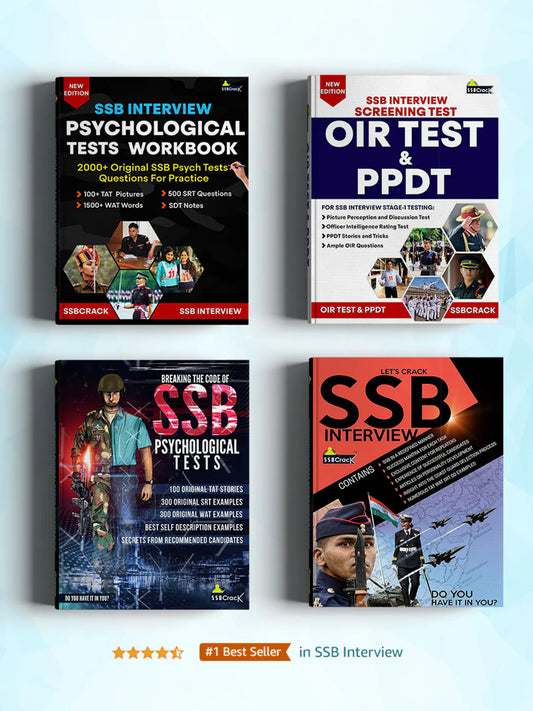
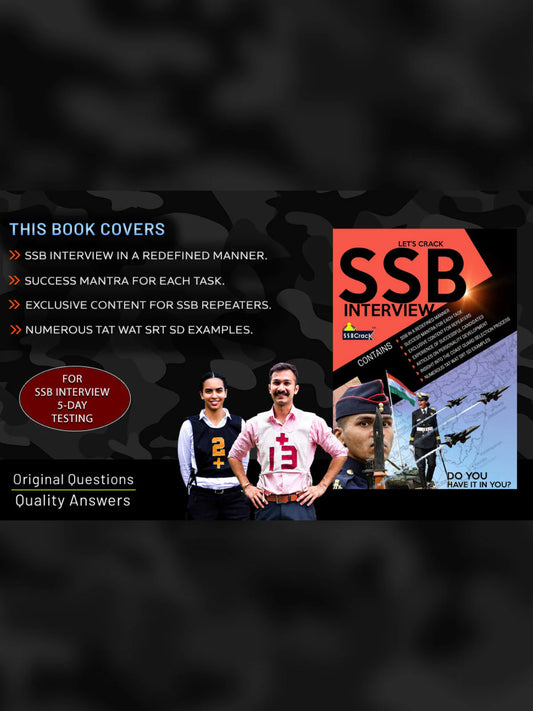
![Let's Crack SSB Interview Book [Paperback]](http://shop.ssbcrack.com/cdn/shop/files/ssb-books.webp?v=1736351621&width=533)
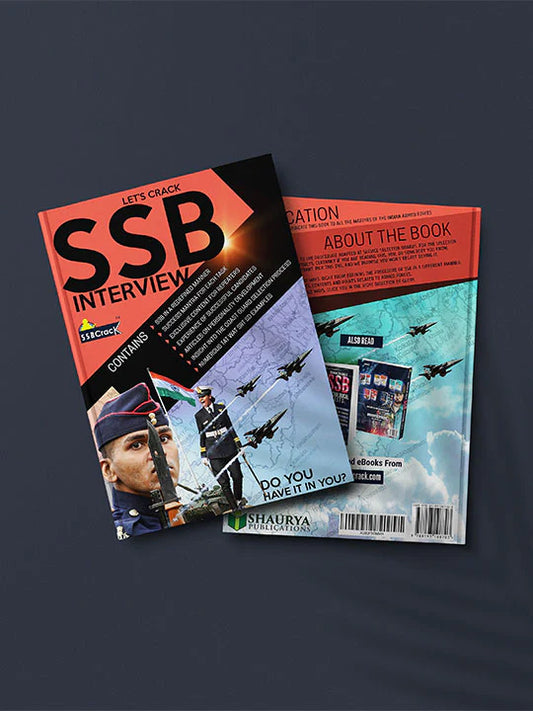
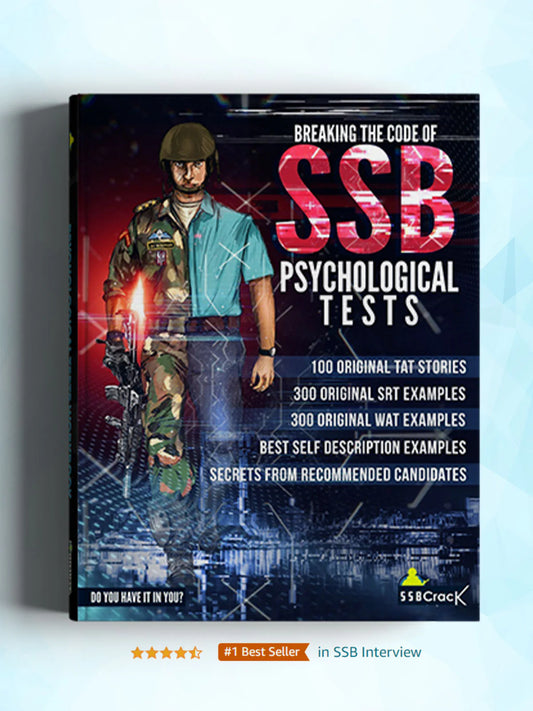

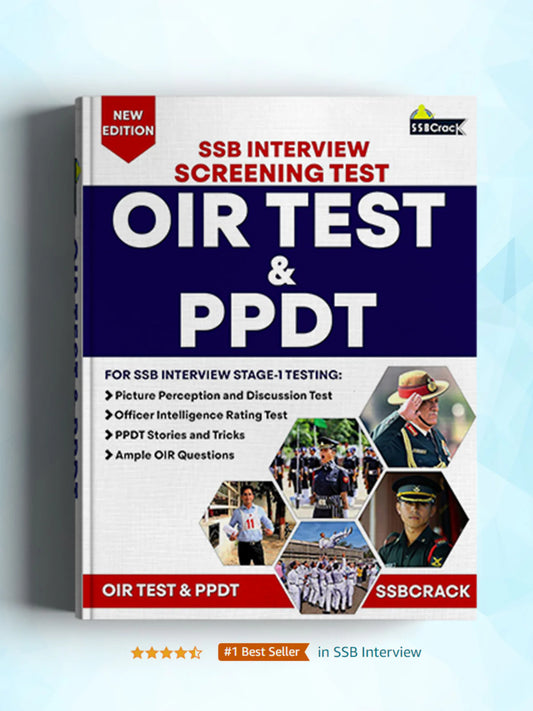

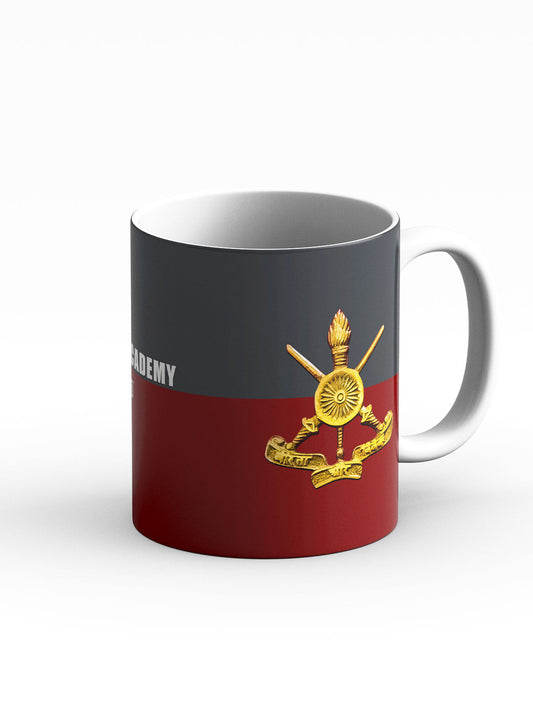
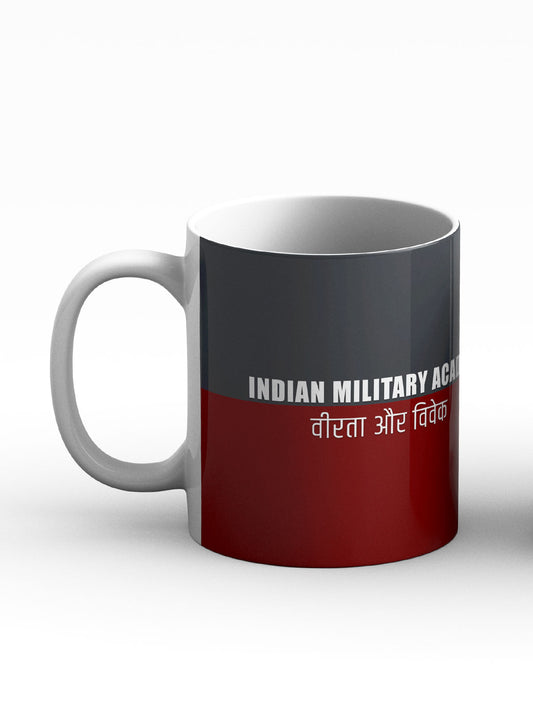
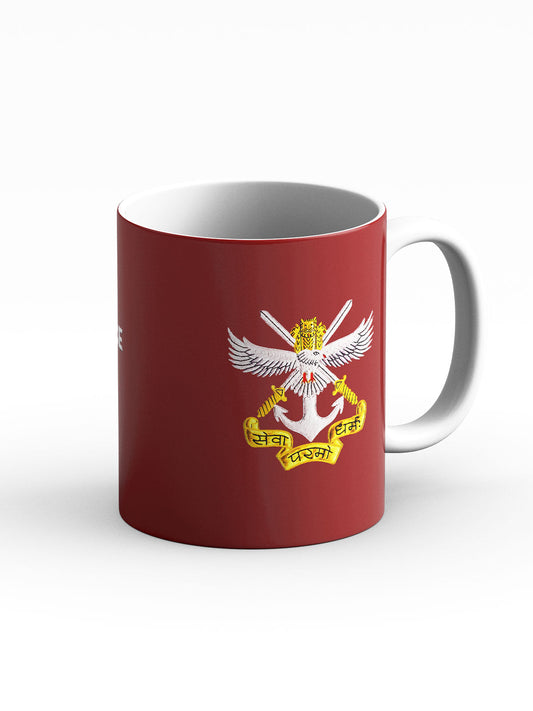
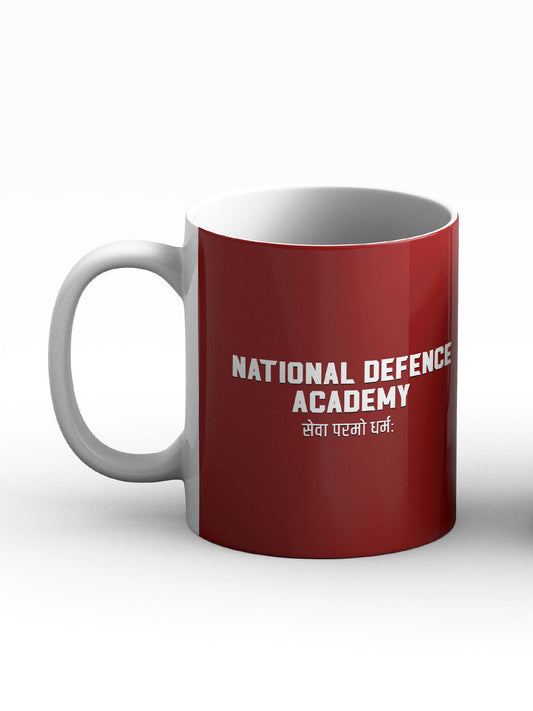
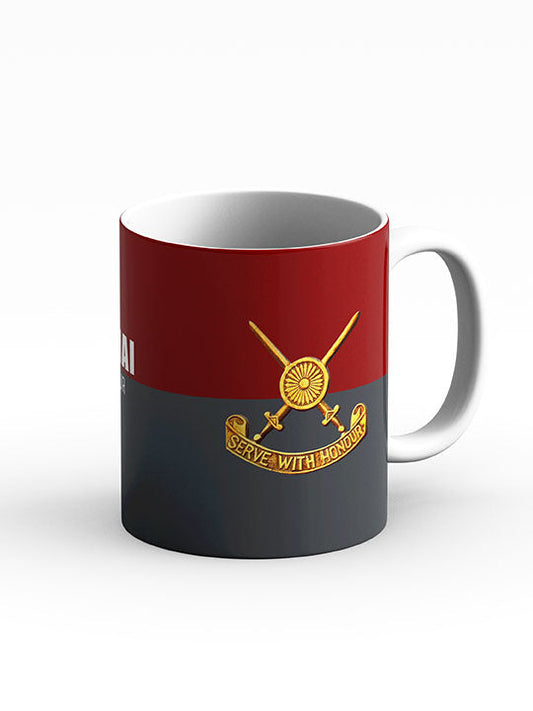
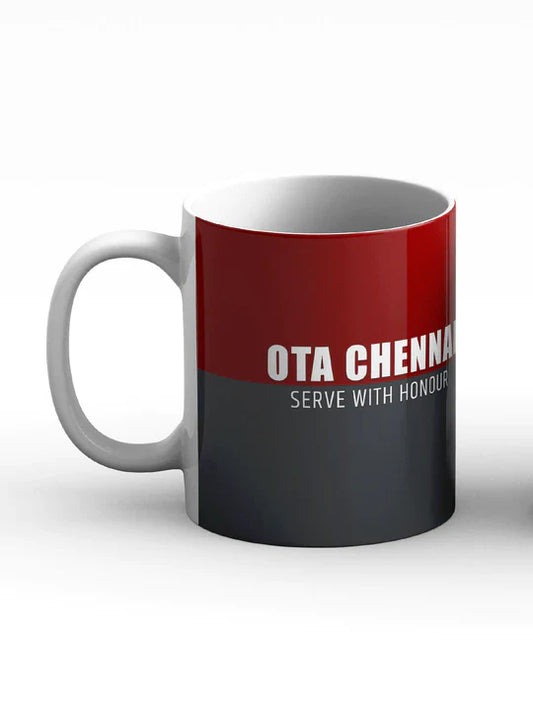
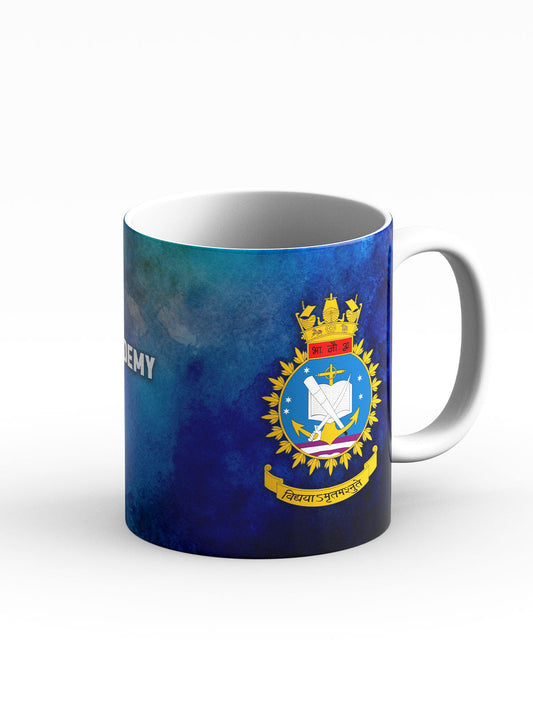
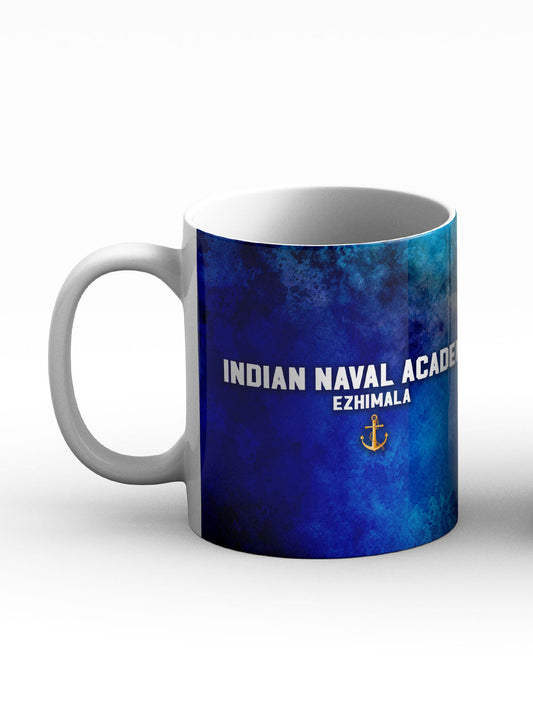


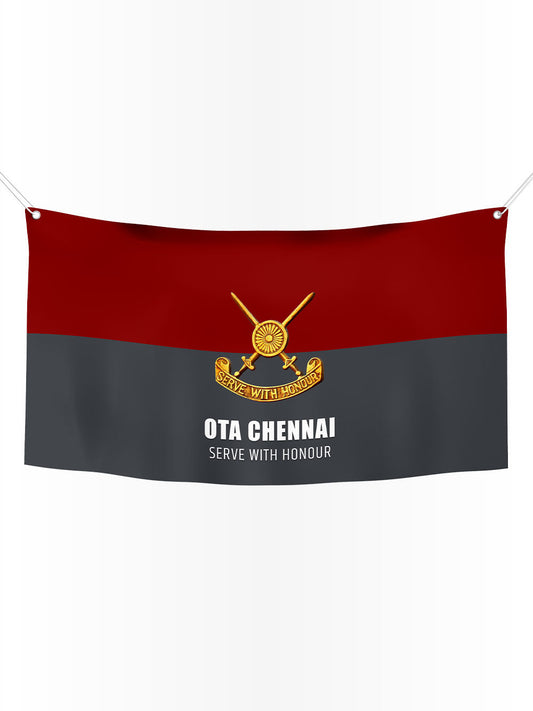
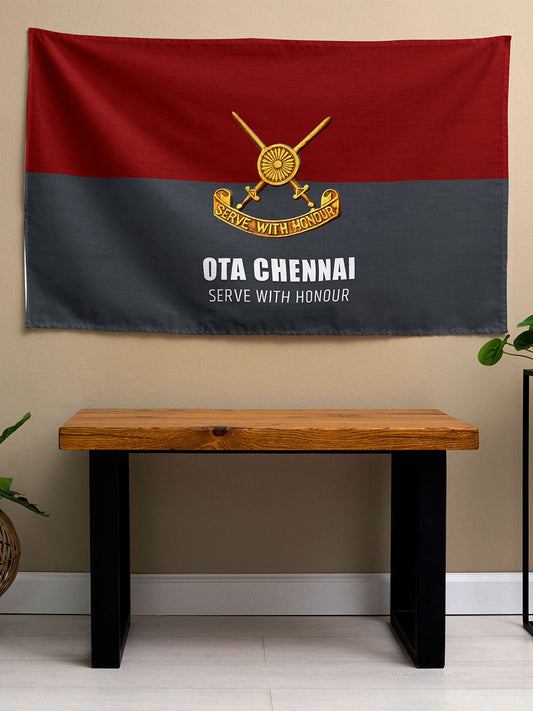
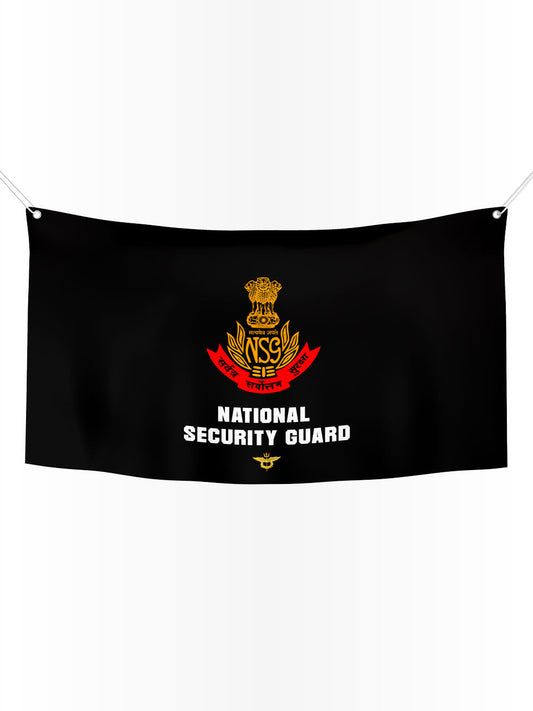


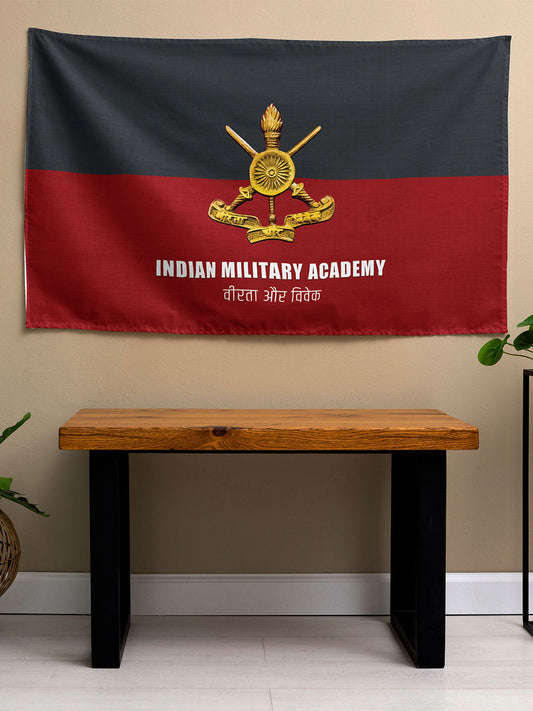


![Thematic Apperception Test (TAT) Part 1 eBook [100+ Stories]](http://shop.ssbcrack.com/cdn/shop/files/TAT-ebook-part-1-ssbcrack_051ae49c-43ea-4eb4-95c7-0fa0bfa2a639.jpg?v=1735540406&width=533)
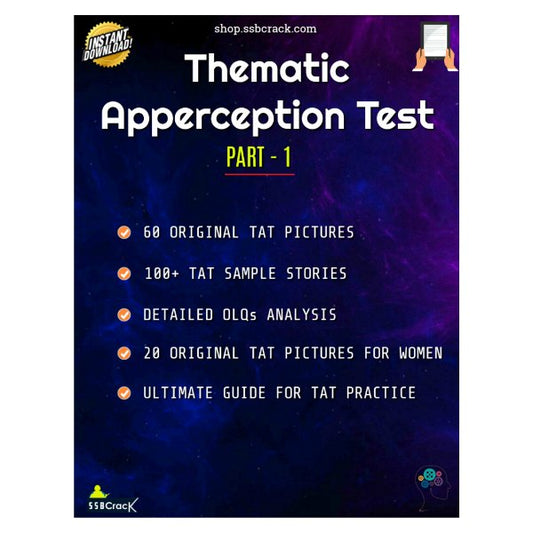


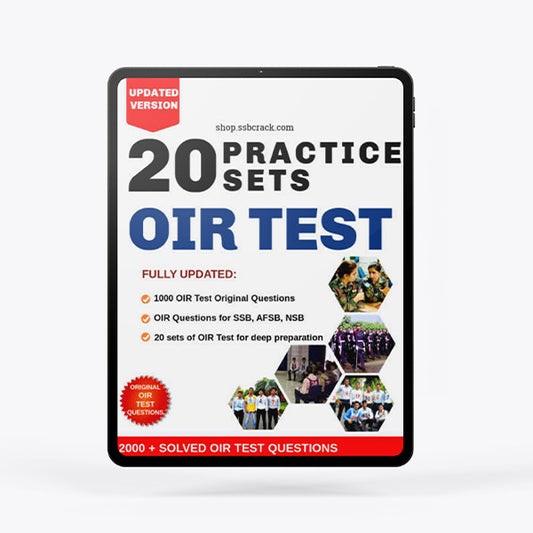
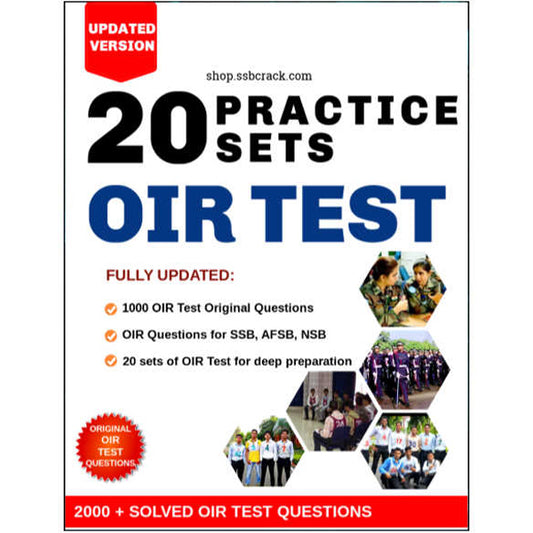



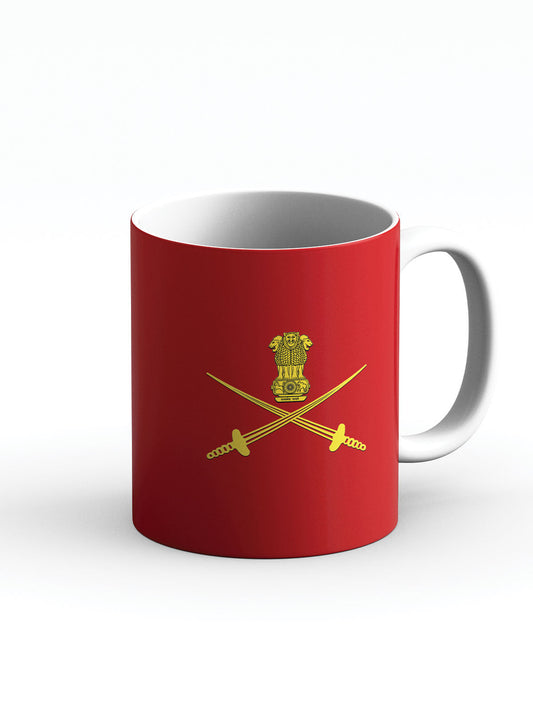

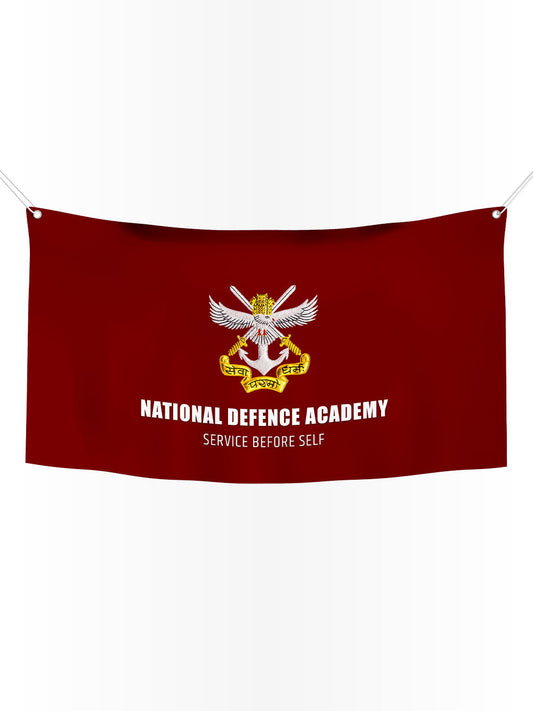
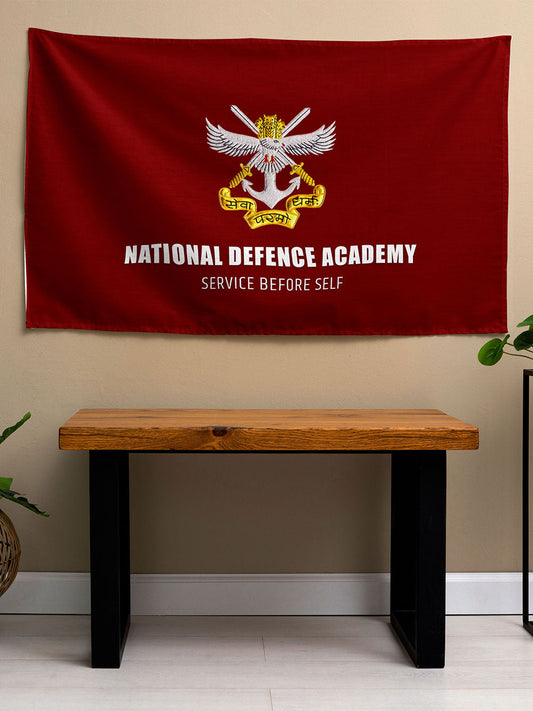

2 comments
This blog offers a detailed and inspiring roadmap for aspiring Indian Navy pilots, highlighting the dedication and skill required for this esteemed profession. The emphasis on technical expertise, leadership, and resilience showcases the demanding yet rewarding nature of naval aviation. A must-read for those passionate about serving .
https://fci.aero/
Can a bsc biotech graduate is eligible for join in the Indian navy